Training a stubborn dog can feel like a battle of wills, but there’s good news: even the most headstrong pups can learn to listen with the right techniques. From breed instincts to independent streaks, every stubborn dog has their reasons for being a little “extra.” Here are 12 expert-backed tips to help you turn training time into a positive experience that truly works.
1. Focus on Positive Reinforcement

Stubborn dogs respond better to encouragement than punishment. Positive reinforcement—treats, praise, or playtime—teaches them that following your commands brings good things. When they realize that “sit” and “stay” lead to rewards, they’re more likely to engage willingly. Over time, even the most independent dogs start associating training with positive outcomes rather than feeling forced.
2. Keep Training Sessions Short and Engaging

Short, engaging sessions are ideal for stubborn dogs, who often lose interest quickly. Aim for five- to ten-minute sessions to keep them engaged without frustration. By keeping things short and fun, you’ll avoid overwhelming them and maximize their focus. Remember: consistency is key, so brief daily practice works better than long, drawn-out sessions.
3. Use High-Value Treats They Can’t Resist

For a stubborn dog, standard kibble might not be motivating enough. High-value treats—like bits of chicken, cheese, or their favorite snack—offer that extra incentive. Reserve these special treats exclusively for training, so they become a reward your dog looks forward to. The more valuable the treat, the more likely they are to respond to your commands.
4. Be Clear and Consistent with Commands

Stubborn dogs thrive on consistency. If you use “down” one day and “lay” the next, they’ll quickly get confused. Stick to the same command words, tone, and hand signals every time to ensure they understand what’s expected. Clear, consistent commands help your dog associate specific behaviors with each word, cutting down on their stubborn resistance.
5. Incorporate Games and Play into Training

For dogs who love to play, turning training into a game can be especially effective. Games like tug-of-war or fetch with mini training moments encourage them to listen while having fun. By combining play with learning, you’ll keep their attention and prevent boredom. Plus, your dog will start associating training time with the fun they crave.
6. Respect Their Breed Tendencies

Some stubborn behaviors are rooted in breed characteristics. For example, hounds are known for their independent streak, while herding breeds may focus intensely on their surroundings. Tailor your training to accommodate these tendencies. Understanding why your dog is stubborn—whether it’s an urge to explore or protect—helps you approach training in a way that resonates with them.
7. Avoid Repeating Commands
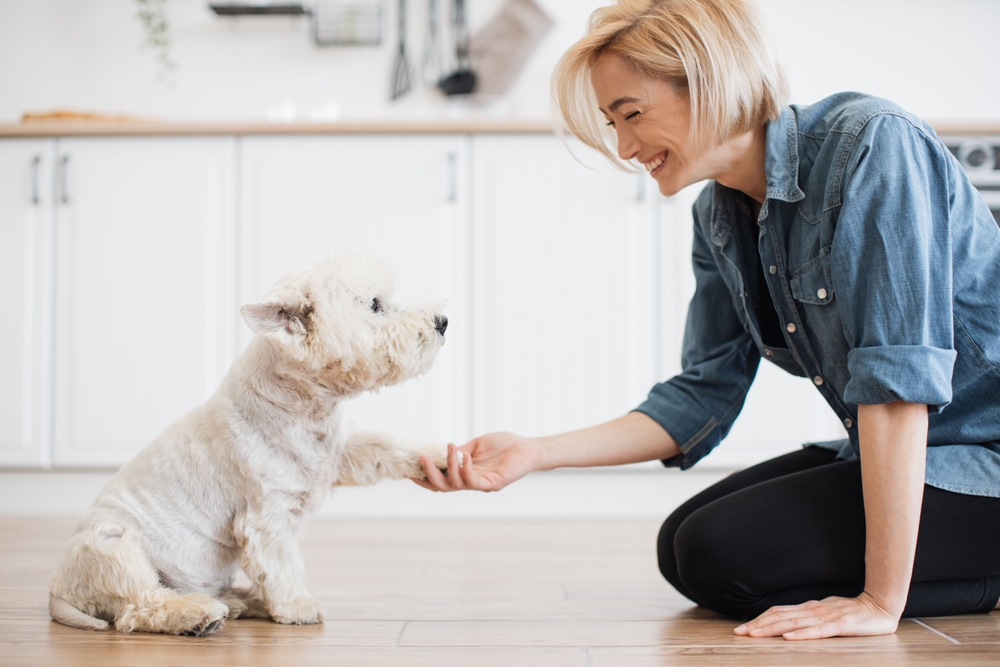
Repeatedly saying “sit, sit, sit” only teaches a stubborn dog to ignore you. If they don’t respond after the first command, pause, reset, and use your hand signal or gently guide them to comply. This helps them understand that commands aren’t suggestions—they’re actions to be followed. With time, they’ll learn to listen the first time instead of waiting for a repeat.
8. Practice Patience and Stay Calm
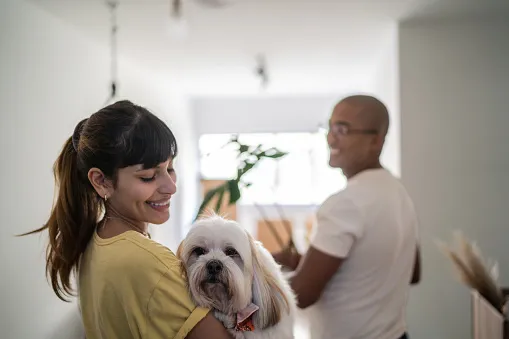
Patience is essential when training a stubborn dog. They can sense frustration, which only reinforces their resistance. Take deep breaths, remain calm, and remember that stubbornness isn’t defiance—it’s just a need for extra guidance. Celebrate small wins, no matter how incremental, to keep things positive and build momentum with each session.
9. Work on Building Trust
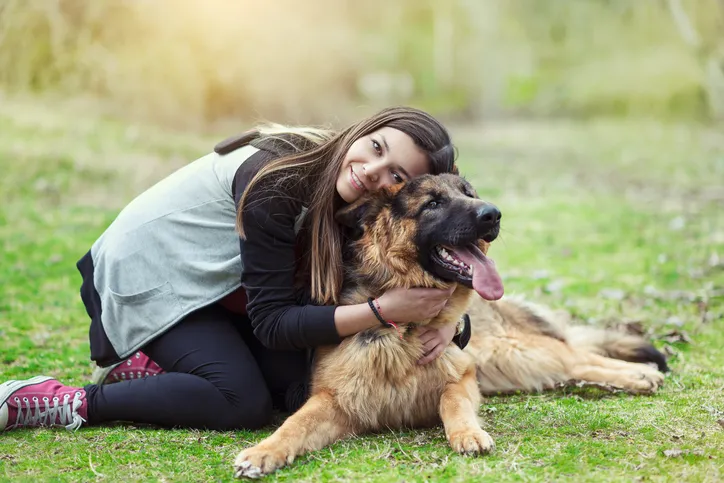
For some dogs, stubborn behavior stems from mistrust or insecurity. Building trust through gentle handling, consistency, and positive interactions can break down those barriers. Spend time bonding outside of training, offering gentle affection and reinforcing a safe environment. The more your dog trusts you, the more likely they are to respond to your commands without resistance.
10. Teach in a Low-Distraction Environment

Stubborn dogs are easily distracted, making it harder for them to focus on training. Start in a quiet space free from other pets, toys, or noises to help them concentrate on you. Gradually introduce distractions as they improve, but keep initial sessions focused and simple. This lets your dog absorb commands fully without the added challenge of outside interference.
11. Use a Firm but Kind Tone
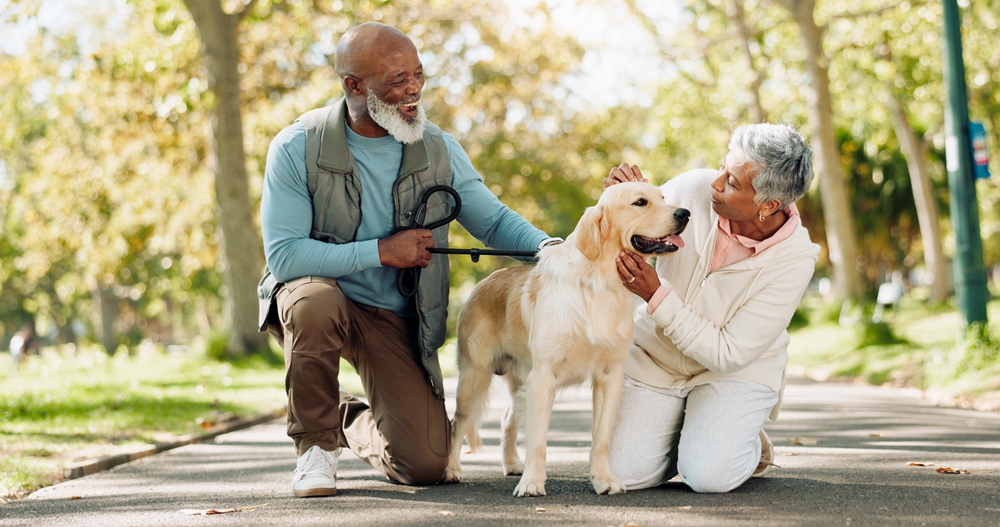
Stubborn dogs respond best to a balanced tone that’s both firm and kind. Avoid shouting or sounding harsh, as this can make them feel uneasy and more resistant. A calm, assertive tone communicates authority without stress, creating an atmosphere where they’re more likely to comply. Tone matters—think of it as guiding rather than commanding.
12. End Each Session on a Positive Note
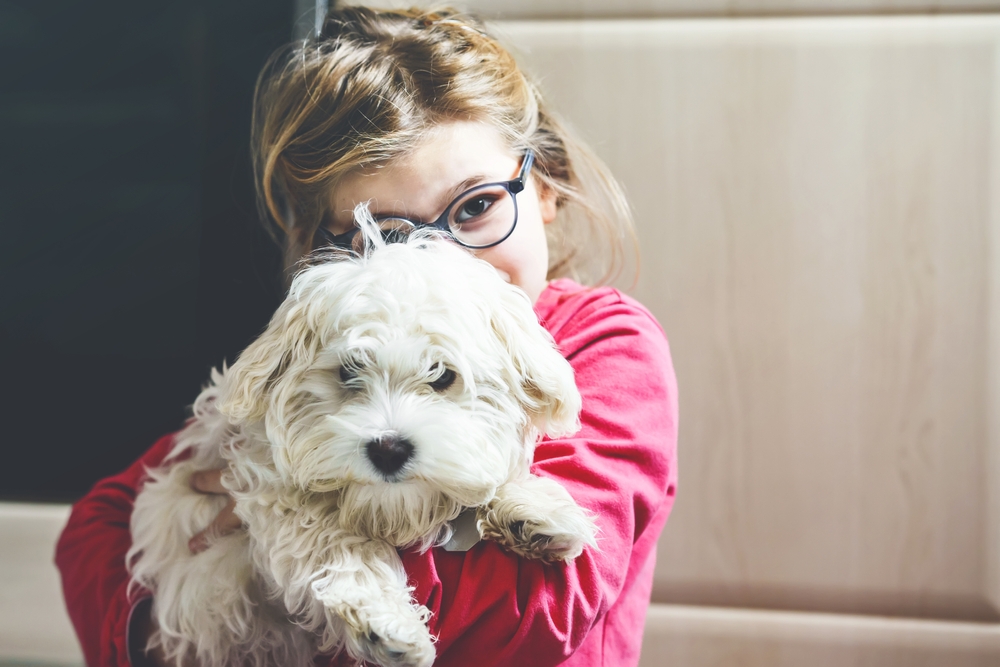
End every training session with success, even if it’s something as simple as a sit or a handshake. Finishing on a positive note leaves them feeling accomplished, making them more receptive to the next session. Plus, it ensures they associate training with positive feelings, increasing their willingness to participate. For stubborn dogs, ending on a win makes all the difference.
By focusing on patience, consistency, and positive reinforcement, you’ll make real progress with even the most strong-willed pup. Understanding what motivates your dog and respecting their unique personality can turn training into a bonding experience rather than a battle. With these expert-backed strategies, stubbornness doesn’t stand a chance.

